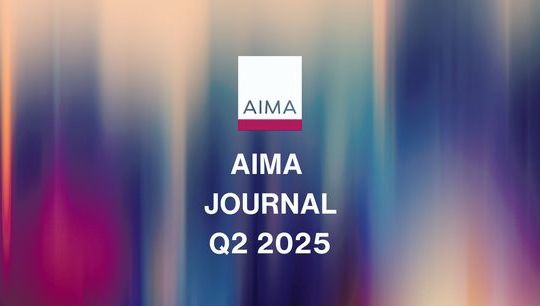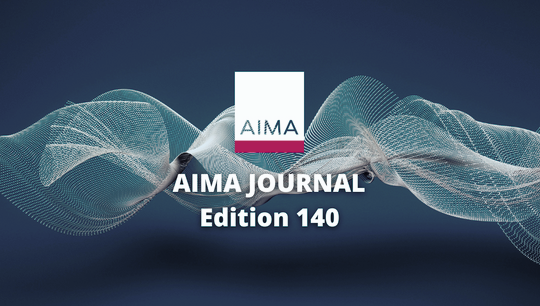What a difference a year makes – An update on Ireland's Investment Limited Partnership
By Nicholas Blake-Knox; Eimear Keane; Jill Shaw, Walkers Ireland LLP
Published: 27 June 2022
Prior to the amendments to the Investment Limited Partnerships Act, 1994 taking effect in early 2021 only six funds had been established as Investment Limited Partnerships (ILPs). The limited uptake in the use of this structure was not a result of a lack of interest by asset managers in establishing funds in Ireland using a regulated partnership structure but rather the consequence of the shortcomings of the legislation.
Significant enhancements to the ILP regime were introduced in the form of the Investment Limited Partnerships (Amendment) Act 2020 (the 2020 Act). The aim of these amendments was to modernise the existing ILP legislation and further enhance Ireland’s suite of legal structures available for fund formation, in particular its offering for investment funds with real estate, infrastructure, loan origination, private equity, or debt strategies or those seeking to invest in other types of illiquid assets.
Since the effective date of these amendments, the number of ILPs authorised by the Central Bank has been steadily increasing. The number of ILPs listed on the Central Bank of Ireland (the Central Bank)'s authorised ILP register has over doubled in the last twelve months. There has also been an increase in enquiries as more managers consider using the ILP for their fund products. To date, managers have been using the ILP structure for private equity and debt strategies with sustainable or impact investment being a key focus for a number of these funds.
The ILP is a flexible structure that can be utilised by asset managers seeking to establish both open- or closed-ended investment funds through a regulated partnership structure. We expect to see managers using this fund structure across a broad range of asset classes, with the key focus being on those types of strategies for which partnership structures are typically used i.e., strategies relating to private equity or debt, real estate, infrastructure, or other types of illiquid assets.
Key features of the ILP and other regulatory developments
The ILP is an Irish investment partnership vehicle that must be authorised and regulated by the Central Bank. It is a tax transparent structure and as such the income and gains of an ILP are treated as arising directly to each partner in proportion to the value of the interests beneficially owned by that partner.
An ILP is constituted pursuant to a limited partnership agreement which is entered into between one or more general partners, who are responsible for the management of the business, and one or more limited partners. The liability of the limited partners is generally restricted to the amount of capital committed to the partnership except in circumstances where a limited partner is deemed to be involved in the management of the ILP. One of the key enhancements of the 2020 Act is the updates made to the list of activities that can be undertaken by a limited partner which will not result in the partner being deemed to be involved in the management of the ILP and as a consequence not liable for the debts of the ILP.
As regulated entities, ILPs can only be established as alternative investment funds (AIFs) and therefore are authorised by the Central Bank as either a retail investor AIF or a qualifying investor AIF. To date, ILPs have sought authorisation as qualifying investor AIFs and we would expect this to continue. This allows for the Central Bank’s 24-hour fast track process to be availed of, noting that depending on the intended strategy of the ILP it may be necessary to submit a pre-submission to the Central Bank in advance of the application for authorisation of the ILP. A QIAIF can also avail of the marketing passport pursuant to the AIFMD.
While the Central Bank has clarified that the entity appointed to act as a general partner to an ILP does not need to be authorised by the Central Bank, the Central Bank has confirmed that such entities will be considered regulated financial services providers for the purposes of the Central Bank’s fitness and probity regime. This means that directors of the general partner will be required to seek pre-approval from the Central Bank and comply with the requirements of the fitness and probity regime on an ongoing basis.
Similar to other Irish fund structures, the 2020 Act introduced the ability to establish umbrella ILPs with segregated liability between sub-funds, allowing the flexibility for asset managers to set up both open- and closed-ended funds with differing strategies within the same structure with the assets and liabilities of each sub-fund ring-fenced.
In addition, in early 2021 the Central Bank published guidance relating to share class features of closed-ended QIAIFs which addressed a number of operational matters of relevance to the types of funds typically structured as ILPs including excuse and exclude provisions, management participation, stage investing and the issue of shares/units at a price other than the net asset value.
Looking ahead
The reform of the legislation governing the ILP and the Central Bank's willingness to consider updates to its requirements for qualifying investor AIFs demonstrates Ireland’s continued commitment to grow its funds sector, in particular in the alternative assets space, and to remain a leading global fund domicile. The Irish funds industry is well positioned to become a key player in the alternative assets space globally with its robust regulatory regime, established infrastructure of fund service providers and strong reputation as a domicile of choice for investment funds. The new and improved ILP together with the range of other fund structures available in Ireland, including the ICAV, continue to increase the attractiveness of Ireland as a place to establish regulated alternative investment funds. Interest in the ILP is increasing steadily and we expect the number of ILPs authorised to follow that trend.






